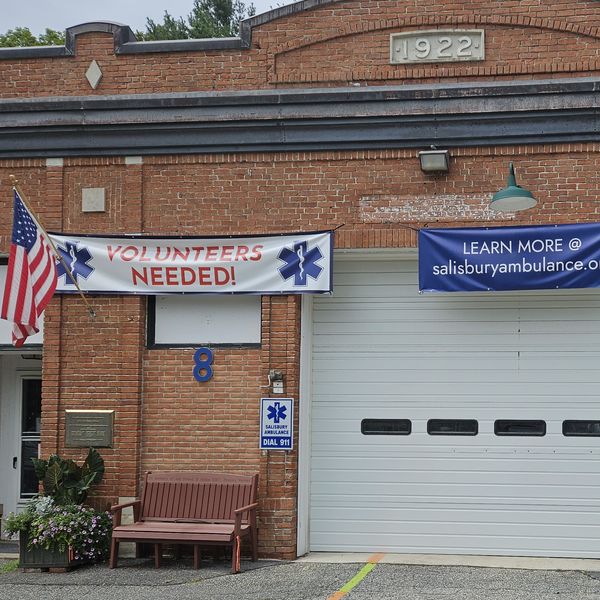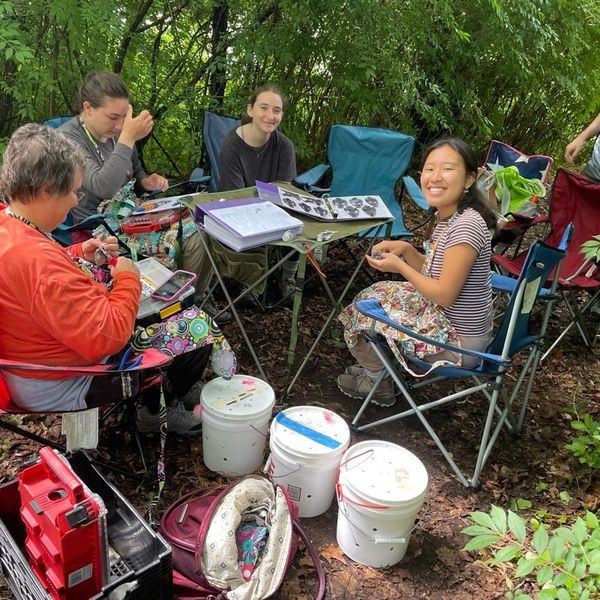The first case of COVID-19 in Nepal was reported on January 13, 2020: a student had returned from Wuhan, China, the epicenter of the outbreak. The second case was brought from France on March 17, 2020. So concerned was the government that, on March 24, with only two reported cases of infection and no fatalities, it announced a nationwide lockdown.
The lockdown seemed to help curtail spread, and the number of cases stayed very low throughout March and April, starting its upward trend only in May 2020. The lockdown was lifted when daily cases dropped to 150, only to rise again to a maximum of 5,743 on October 21. Then, slowly, the first wave abated until, by February 2021, daily cases remained in the two-digit numbers.
Meanwhile, as the virus swept through India, the government was unable to implement the geopolitically sensitive task of closing the more than 1,000-mile-long open border with India. Meanwhile, Nepali migrant laborers wanting to return home were subjected to abuse and exploitation at the border; once they were allowed in, there was no effective program for tracking, isolating or quarantining them. This was the case in the spring of 2020, and it is being repeated now in the spring of 2021.
By the end of the first wave, more than 250,000 Nepalis had been infected, with around 2,500 deaths. The fact that the case-fatality rates were low in comparison to rates in the West prompted many Nepalis to believe that we are a hardy lot and that our infection rate would not get out of hand. As a result, many Nepalis failed to adhere to physical distancing and wearing masks. It did not help that Prime Minister K.P. Oli encouraged the use of traditional methods of keeping healthy, including the ingestion of turmeric, guava leaves, and gargling and nasal cleansing, even as he (and other political leaders) continued to organize mass gatherings.
Nepal has now been hit by the second wave of the COVID-19 pandemic and, within weeks, cases are one-and-a-half times the peak of the first wave. If the situation in India is anything to go by, Nepal’s infection rates will soar by at least four to five times. All hospital ICUs are already full at this early date, with a dire shortage of oxygen. The Health Ministry has conceded that our public health system will be unable to cope, essentially implying that it is up to every citizen to look after him/herself.
Infection rates in India soared to the extent that there was mass grief — enough for the world media to pay attention — mainly because the political leadership underestimated the virus. Under Prime Minister Narendra Modi, elections were held, there were few curbs on weddings and other gatherings, and three million pilgrims were allowed to crowd into the Ganges River on a massive religious holy dip known as the Khumb Mela. Nepali pilgrims attending this super-spreader event, helping transport the latest deadly strain of the virus to various parts of Nepal.
On May 3, Nepali Prime Minister Oli addressed the nation on COVID-19, announcing cancellation of all flights, asking Nepalis to adhere to strict safety protocols and urging the international community to assist Nepal.
The country needs vaccines, oxygen supply, hospital beds and other equipment. Sluggish in its response, the government has bungled its job of assuring vaccines; only 7% of the population has received one vaccine, and fewer both.
While the international media have focused on the travails of India, on a per capita basis Nepal is not far behind in being hit by the second wave.
Shanta Dixit, who received a doctorate in epidemiology from Columbia University in 1990, is a co-founder and director of the Rato Bangala School in Lalitpur, Nepal.





 A notice posted on the door of the Norfolk Pub informs patrons that the establishment will accept cash only as it prepares to close at the end of the month. By Alec Linden
A notice posted on the door of the Norfolk Pub informs patrons that the establishment will accept cash only as it prepares to close at the end of the month. By Alec Linden 
 Belinde and Erick Garcia, of New Milford, are the parents of twins Gabriella and Isabella, who were the second and third babies born in Sharon Hospital in 2026. Their older siblings, Matthew, 6, and Melanie, 3, are pictured. Photo provided
Belinde and Erick Garcia, of New Milford, are the parents of twins Gabriella and Isabella, who were the second and third babies born in Sharon Hospital in 2026. Their older siblings, Matthew, 6, and Melanie, 3, are pictured. Photo provided 
 Nuvance/Northwell employees host a Jan. 5 meeting on emergency service providers. From left: Matt Cassavechia, Sharon Hospital director of emergency services; Christina McCulloch, Sharon Hospital president and CEO; Thomas Horkan, Sharon Hospital EMS coordinator; and Dr. Ron Santos, Sharon Hospital emergency room director.By Ruth Epstein
Nuvance/Northwell employees host a Jan. 5 meeting on emergency service providers. From left: Matt Cassavechia, Sharon Hospital director of emergency services; Christina McCulloch, Sharon Hospital president and CEO; Thomas Horkan, Sharon Hospital EMS coordinator; and Dr. Ron Santos, Sharon Hospital emergency room director.By Ruth Epstein 





Letter from Nepal in the time of COVID pandemic